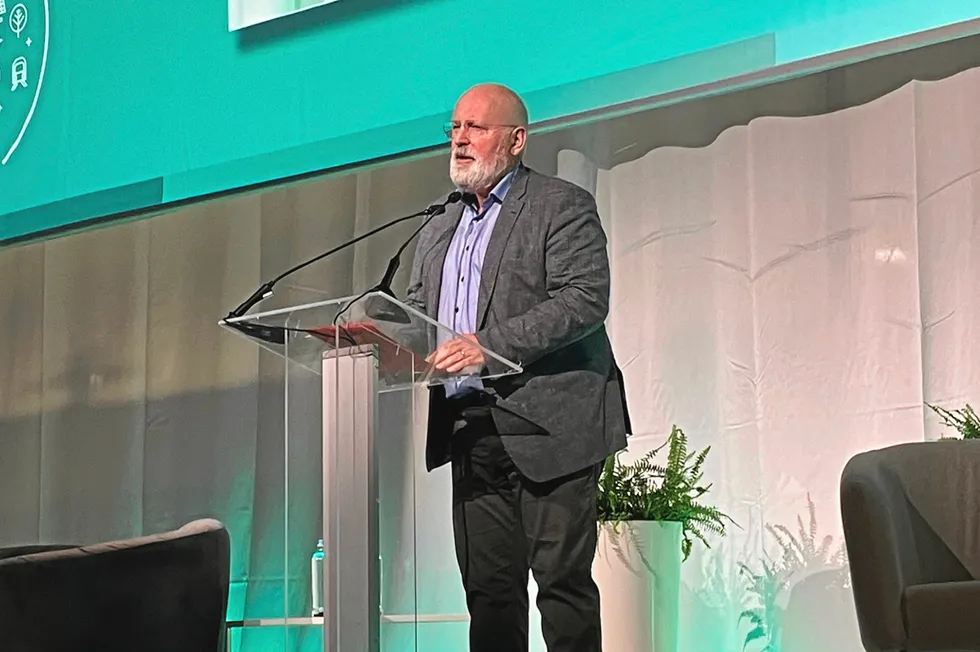EU calls for 100GW of green hydrogen by 2030, with about 40% made using European electrolysers
European Commission plan would ensure that the industry is not overrun by cheaper Chinese machines

European Commission plan would ensure that the industry is not overrun by cheaper Chinese machines
